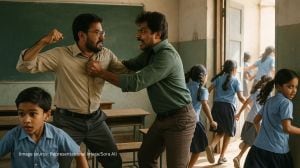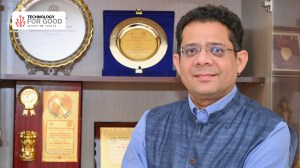Pinjore vulture centre to get diclofenac detection machine
Despite a ban, the use of diclofenac, a pain relief anti-inflammatory livestock treatment, has been something bothering environmentalists the world over.

Despite a ban, the use of diclofenac, a pain relief anti-inflammatory livestock treatment, has been something bothering environmentalists the world over. The Vulture Conservation and Breeding Centre near here will soon make use of a sophisticated machine that has been designed to detect any traces of banned livestock drug diclofenac in cattle carcasses fed to vultures in captivity.
The machine has been donated by UK-based Royal Society for Protection of Birds (RSPB) and is likely to be cleared for use by March next year. Scientists at the Indian Veterinary Research Institute (IVRI), Izzatnagar (UP), are currently testing the machine with meat samples to minimise possibly of errors.
Diclofenac for livestock use, banned in several nations across the globe, has been responsible for the massive decline in vulture population. Research has shown that diclofenac is toxic to vultures when they feed on contaminated carcasses, causing kidney failure and death.
The Vulture Centre at Pinjore here has 122 endangered birds, most of these White Backed and Long Billed, besides 14 exotic Slender Billed and two rare Himalayan Griffon varieties. Scientists at the Centre, working under the aegis of the Bombay Natural History Society (BNHS), have been avoiding feeding its vultures on cattle carcass since long to do away with even the remote possibility of diclofenac traces in meat. The Centre, instead, gives tonnes of goat meat to the vultures everyday.
Principal Scientist Dr Vibhu Prakash, after who the first-ever vulture chick born in captivity was named, said, “Cattle meat is ruled out. Even the goats we use as meat for vultures are reared here for some time before they are slaughtered.” Dr Prakash said the new machine is being tried and tested by IVRI scientists, following which it would be put to use here. One problem encountered by scientists working on the machine is that it is able to detect diclofenac in meat, but is unable to identify the amount of the drug in the meat sample. Dr Prakash said, “Most of the vultures were weak and ailing when they were taken captive. They have survived over the years. Their diet has to be particularly important. We cannot risk our efforts.”
Photos



- 01
- 02
- 03
- 04
- 05




























